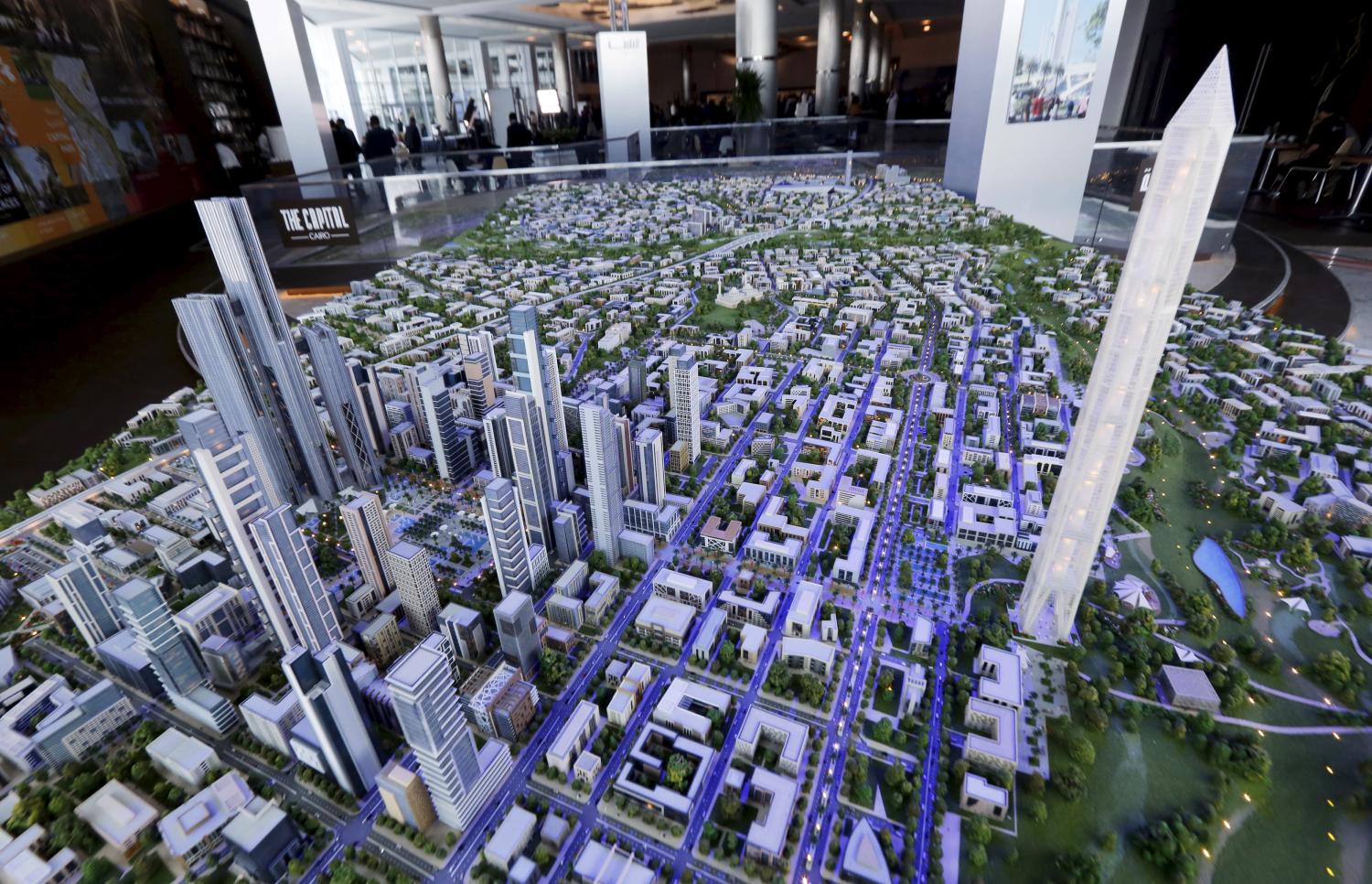
The housing emergency in numerous nations has provoked legislatures to rethink land use arrangements and planning procedures. Among the main changes not too far off is the shift from conventional green belt insurance to the development of Grey belt land. This change denotes a crucial second in metropolitan planning and housing development.
The Need for Planning Reforms
The drive towards creating grey belt regions comes from the need to address the constant deficiency of housing. With developing populations and expanding urbanisation, the strain on existing housing stock is mounting. Conventional green belt strategies, while important for protecting green spaces and controlling spread, have unintentionally compelled the accessibility of land for new housing. Planning reforms that incorporate the grey belt are viewed as an answer for this issue.

The Impact on Housing Development
The development of grey belt regions offers a few advantages. First and foremost, it gives a lot of land that can be reused for private and blended-use developments. This can assist with fulfilling the need for housing without infringing on essential green spaces. Also, grey belt development frequently includes reviving recently dismissed or underused regions, which can prompt metropolitan recovery and monetary development.
By zeroing in on grey belt regions, organisers and designers can likewise use existing systems, for example, streets and utilities, which can decrease the general expense of development. This can make housing projects all the more financially suitable and possibly lead to more reasonable housing choices.
Challenges and Considerations
However, the shift to creating grey belt regions isn’t without its difficulties. One critical concern is the potential for clashing land utilises, like offsetting private development with modern or business interests. Also, there might be natural and local area effects to consider, especially on the off chance that the grey belt regions were recently utilised for modern purposes.
Powerful planning and counselling processes are vital for addressing these difficulties. Drawing in with nearby networks and partners can assist with guaranteeing that developments are in accordance with more extensive metropolitan systems and contribute emphatically to the area’s drawn-out manageability.
The Grey belt land Revolution addresses an extraordinary change in how we approach housing development. By reconsidering and reusing grey belt regions, states and organisers have the potential chance to address housing deficiencies while adjusting the conservation of green spaces. As these planning reforms unfold, their prosperity will rely upon cautious execution and continuous local area commitment to guarantee they address the issues of both current and future occupants.







